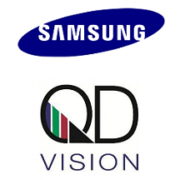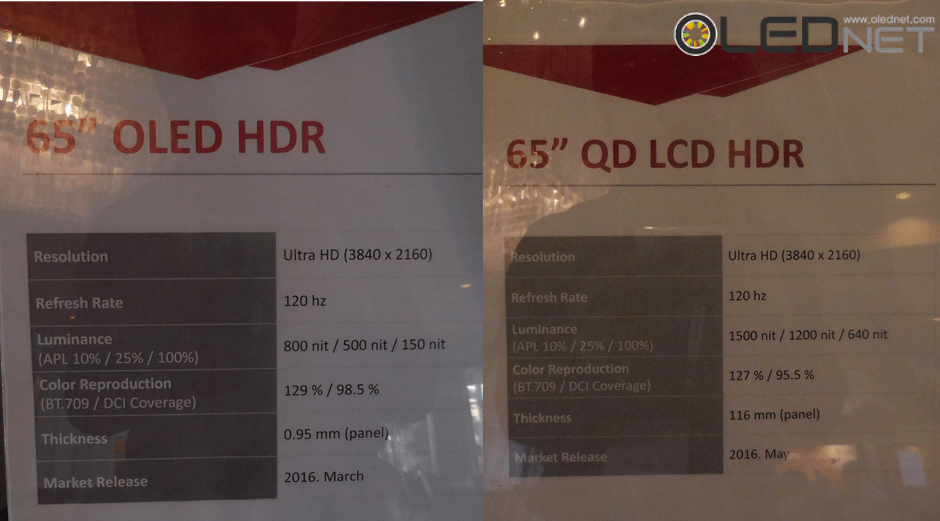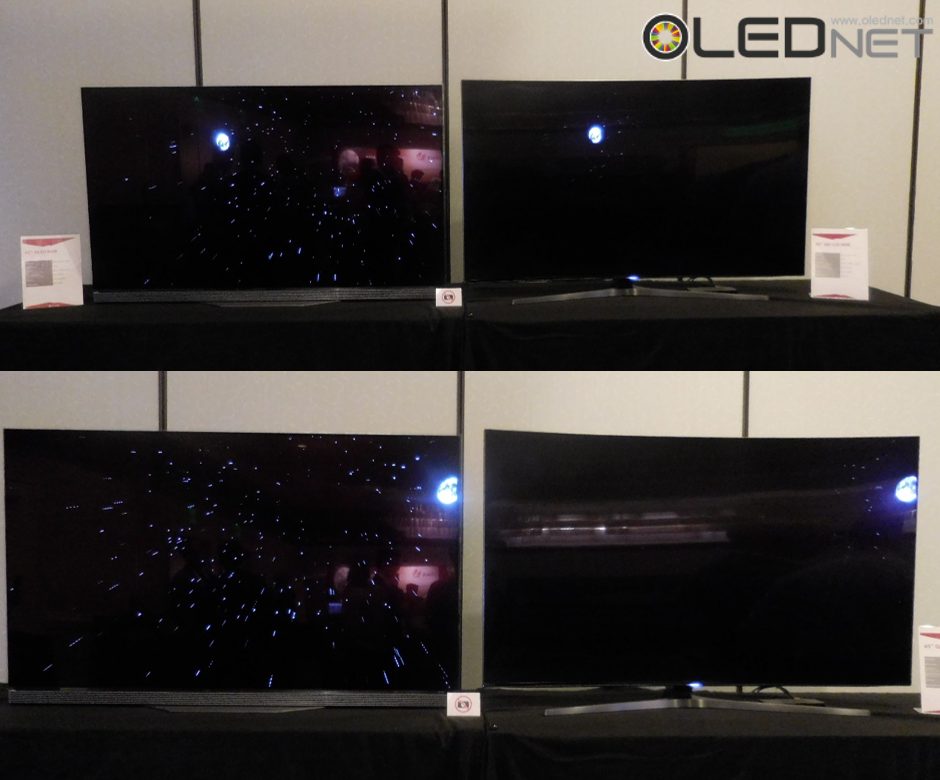Would it be possible to accelerate commercialization of QLED by Samsung Electronics’ acquisition of ‘QD Vision’?
According to the industry source dated Nov. 21, it was confirmed that Samsung Electronics was selected as a preferred bidder participating in the acquisition battle for ‘QD Vision’. The amount of acquisition proposed by Samsung Electronics is U$70million, and the industry expects that the final takeover will be agreed no later than the next week.
Quantum dot is the materials whose implementing color is different according to the size, and Samsung Electronics is introducing SUHD TV to the premium TV market, which improves the color reproduction rate by applying quantum dot sheet to LCD BLU for the first time in the world, and Chinese companies are actively launching the products.
‘QD Vision’ established by the researchers from MIT, is a specialized enterprise with high technology in the field of cadmium-based quantum dot and it is introducing non-cadmium-based material, too, lately. The industry considers that the acquisition of ‘QD vision’ by Samsung Electronics is the cornerstone to accelerate the commercialization of QLED along with the expansion of the quantum-dot TV market.
Although QLED is highly anticipated to be available to realize the panel with high purity as it is less impacted by oxygen and moisture than OLED and as it has a narrow half width, very low efficiency and life time compared to OLED materials are mentioned as the problem, under its initial stage of development. Furthermore, cadmium used in the core of quantum dot is highly toxic carcinogen, so Cd-free materials are being developed by ‘QD Vision’, ‘Nanoco’, ‘Nanosquare’, etc., however, its performance is lower than Cd-base materials. Therefore, the industry expects that it will take at least 5 years for QLED to be applied to mass production.
In the meantime, related with this issue, in the ‘Market penetration possibility analysis and seminar for QLED and Solution Process OLED’ hosted by UB Research in last October, Professor Chang-hee Lee of Seoul National University mentioned that, “If large-scale investment and manpower would be input, it is likely to find the product in earlier time than expected, and there is a possibility that the entry barrier can be lowered due to its similar structure to OLED”
It is highly attended that whether the acquisition of ‘QD vision’ by Samsung Electronics can accelerate the commercialization of QLED by becoming the starting point of large-scale investment, and what effect would be influenced to the display industry.





